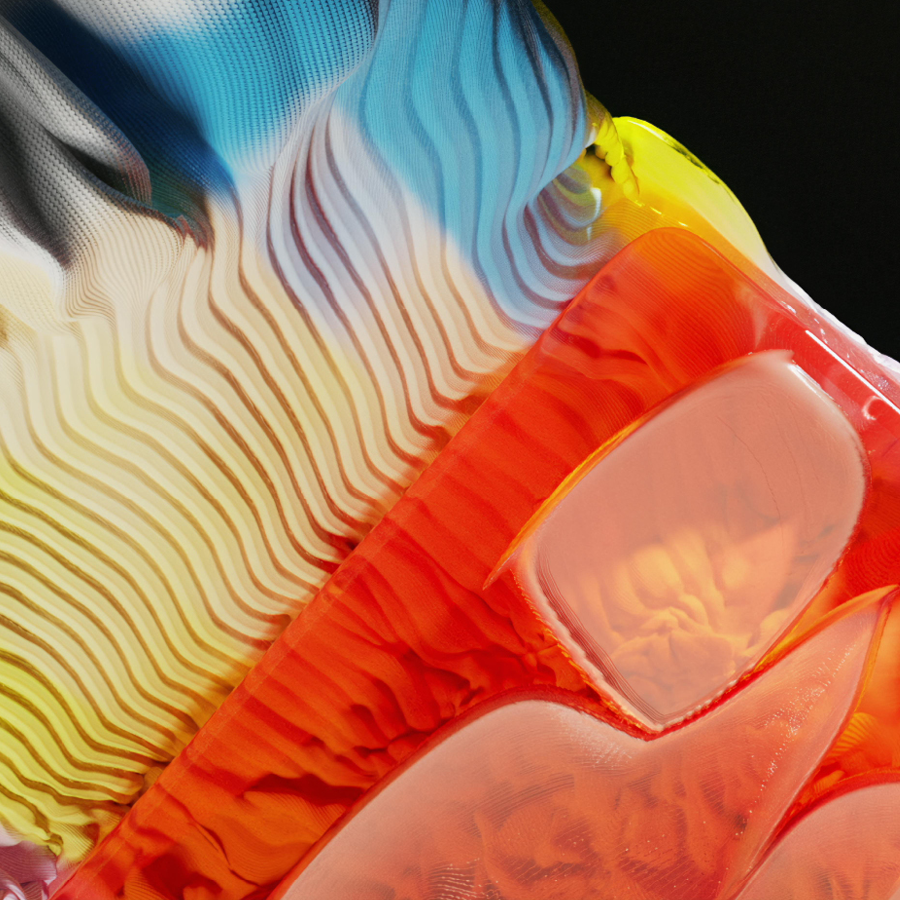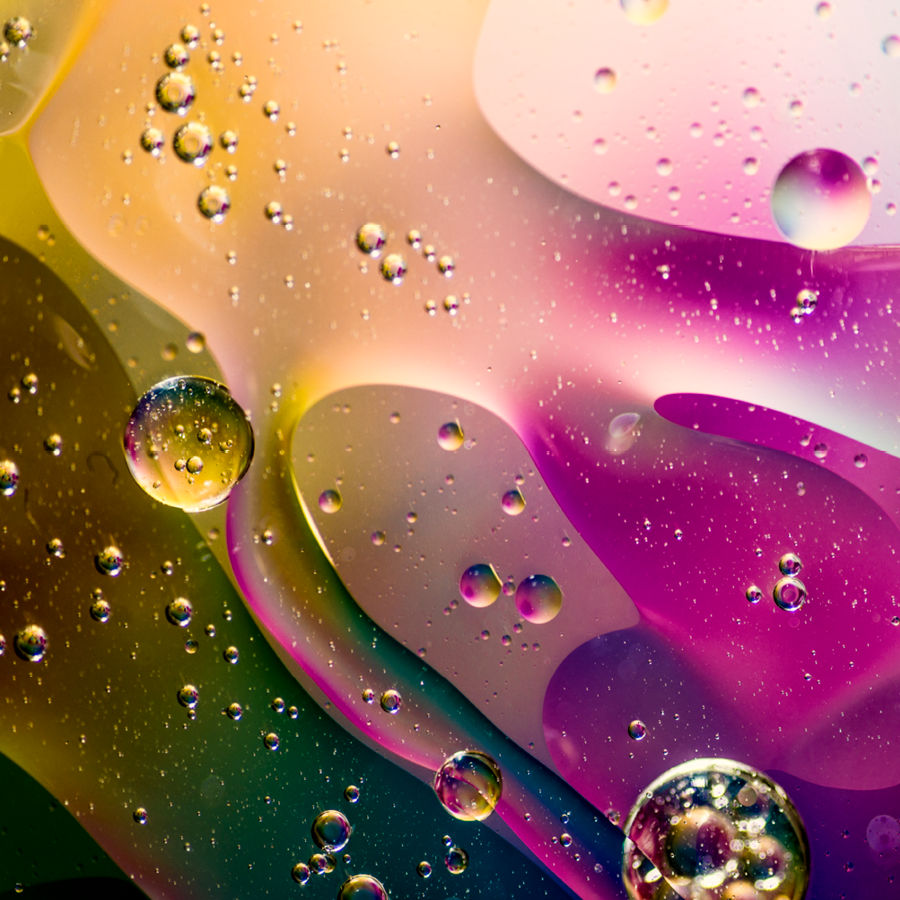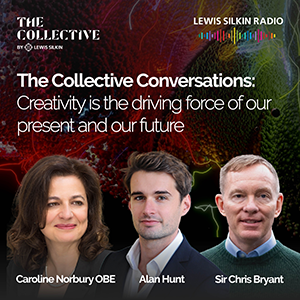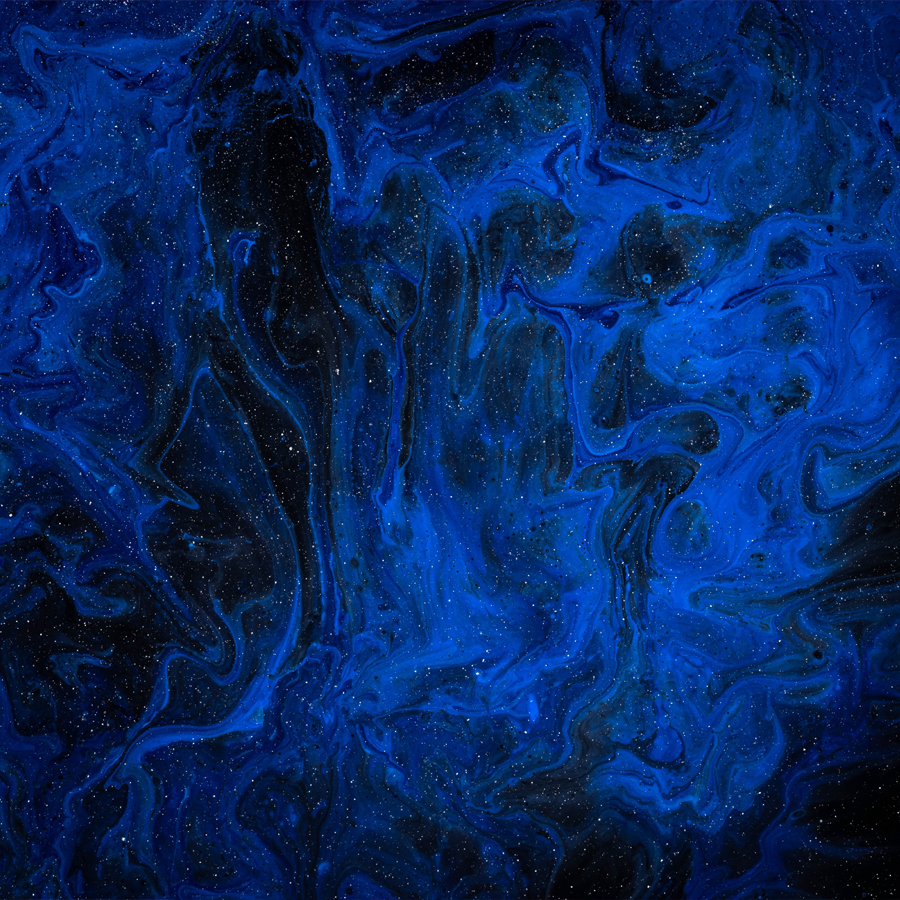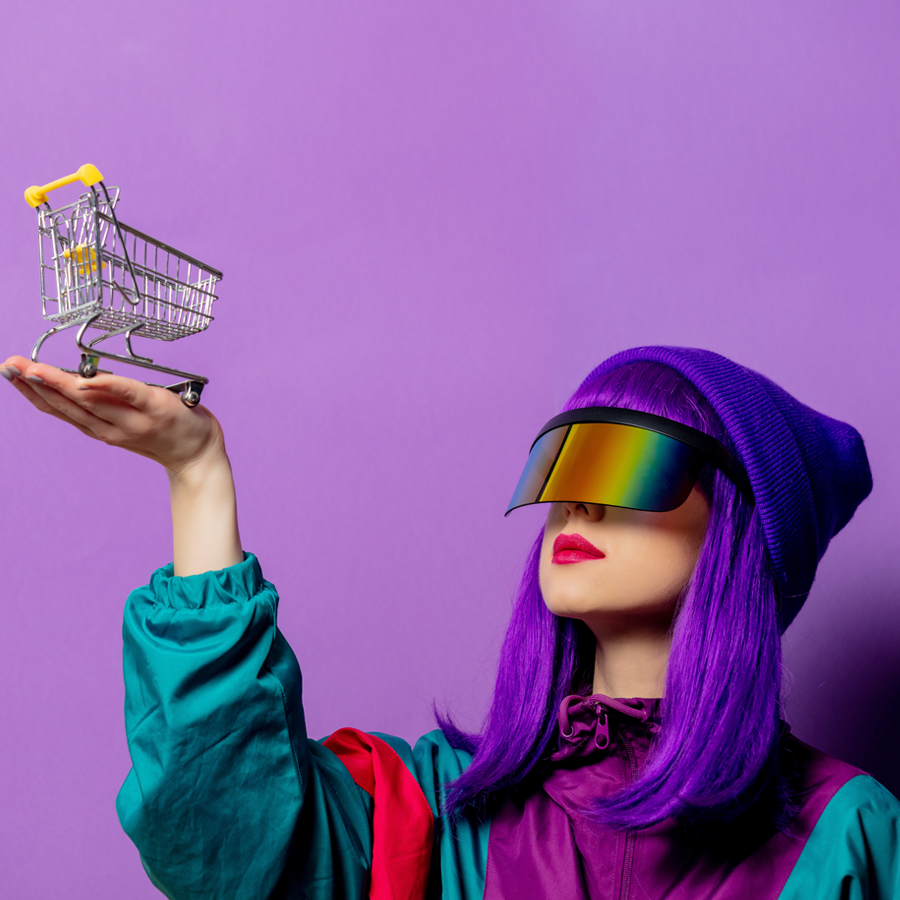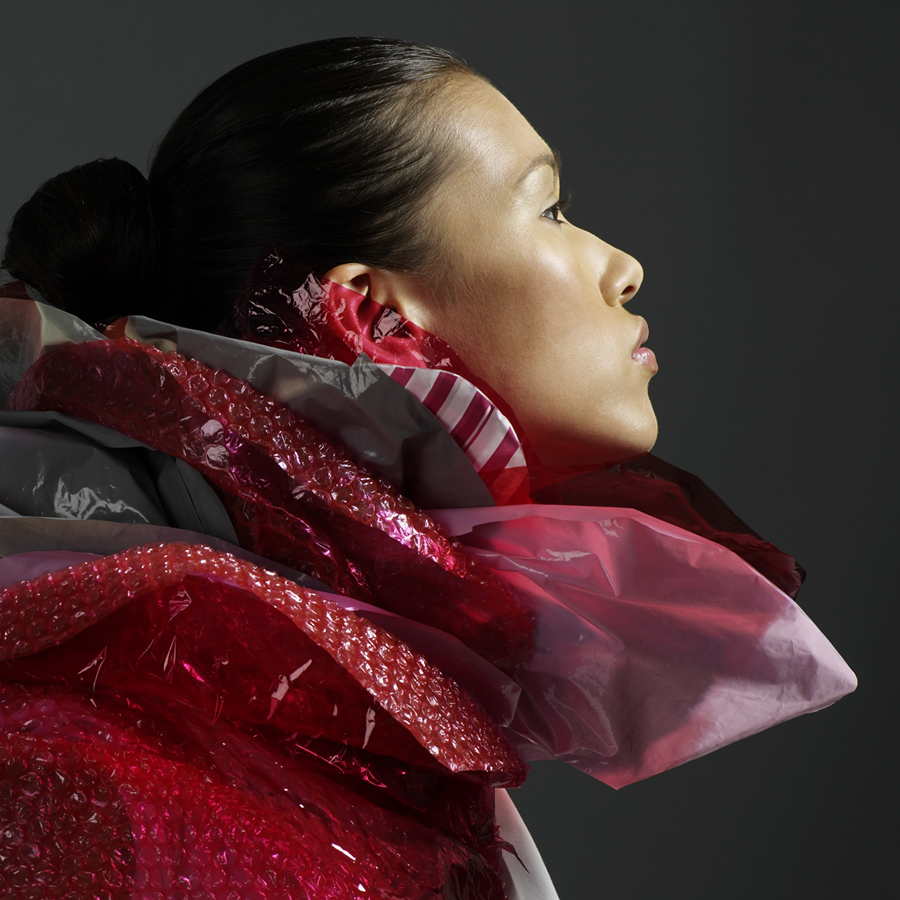We all know that AI is becoming increasingly intelligent, particularly when it comes to generating highly creative and often very convincing images and videos from simple prompts. This is great if you’re simply looking for a lovely AI-generated picture of a cat to brighten your day. However, what about if you’re looking at content relating to one of the many global elections this year? What if that content contains AI-generated images? And what if those images depict something which is intended to deceive you and skew your voting preferences?
This is the problem which some of the world’s biggest tech companies are trying to solve. Last year, Google launched its SynthID tool which can embed an invisible watermark into the pixels of AI-generated images created using Imagen, making it easier to identify synthetically created content. By using an invisible watermark (rather than a traditional, visible watermark which is typically “stamped” on an image), the hope is that watermarks will be harder to modify or remove from content.
More recently, Meta announced that it will continue to label AI-generated images uploaded to Facebook, Instagram, and Threads by adding “Imagined with AI” labels to photorealistic images created using Meta’s AI feature, alongside embedding invisible watermarking and metadata into the file. In addition, it is also building the capability to identify and label images which have been created using other AI tools, as well as encouraging its users to disclose when they share AI-generated video or audio (which is more difficult for Meta to recognise) to allow labels to be added to this content, too.
As this technology develops, the hope is that it will widespread benefit. For internet users, it offers greater transparency about the content they are viewing and protection from incorrect, deceptive, and damaging AI-generated misinformation. For businesses, watermarking AI could also help to identify (and reduce) copyright infringements by differentiating between real and AI-created content.
So, does watermark AI get your vote?
The Collective by Lewis Silkin
Click here to access the full report.










